Students in high school and college need to know how to write professional emails to the important adults in their lives. This might be a teacher, professor, potential employer, supervisor, or even their college counselor or consultant. But does anyone ever TEACH students how to compose those professional-sounding emails? That’s why we would like to help you to navigate this new adult challenge.
Our Top Ten Tips for Writing a Professional Email
When you are writing an email, you want to do everything you can to ensure the recipient opens your email. Here are some basic tips for writing a successful and meaningful professional email:
- Start with an appropriate subject line
Think about your intentions for the email when creating a subject. With hundreds of emails coming in a day, the subject line can make it stand out and not end up in the recipient’s trash. - Address your email recipient appropriately
You can never be too formal with an adult you have just met unless they have invited you to address them by your first name. Using first names with someone in a position of authority before being invited to do so might be interpreted by some as rudeness.
Starting an email with one word isn’t personal. In other words, “Hi” is not enough, so a “Dear So-and-So” is appropriate. Therefore, address your recipient with a greeting and by their name. For example, “Dear Professor Higgins”. - Keep the email short and to the point
Be respectful of your recipient’s time. Everyone has a full inbox and you aren’t the only person they are needing to respond to in a given work day. Keep your email short and sweet. - Make it easy to read
Spacing is key. Do not write an email as one huge run on sentence. Add indentations or spaces between paragraphs for easy reading. Keep your most important information at the beginning of each paragraph so your points are made clear. - Check your grammar and spelling
Small grammatical errors will happen. It’s human error. There’s nothing worse than to receive an email that is so riddled with errors that it is hard to understand. Take the time to check your grammar and spelling. - Do not use slang or emojis
You can’t assume that the person you are writing to will understand your slang or be able to view your emoji on their device. This isn’t a text message to a friend after all. Pick a simple font and don’t add any color to your text. - Be kind and gracious in your signature
Always remember to be kind and thankful. Gratitude goes a long way. People will always remember how you made them feel. Here are some examples of how you can be kind in an email signature: “Warm regards, Many thanks, Thank you in advance for your help, Best regards, Thank you, etc.” - Re-read the email before you click send
Even with a short email, re-read it before you click send. It’s easy to make a small error or else have an unintended autocorrect. It’s worth the extra minute to re-read your email to avoid any slip-ups. - Identify yourself in your signature
Don’t assume your recipient has your email address memorized or saved. Clearly identify your name so the recipient knows that it is you sending the email. You can even set up an automatic signature so it always appears at the bottom of your emails. - Keep Your Cool
If you are angry about something, you can write the email and let it all out. And then DON”T SEND IT. Sit on it 24 hours. Once your anger has passed, go back and reword it so that your tone is appropriate. Do not burn bridges, and remember that sometimes emails can be misinterpreted so tone is really important.
Professional email example:
Dear xxxxxx,
I visited your campus last week and would like to thank you for taking the time to meet with me after the campus tour. I really appreciate all of your knowledge and how you stayed longer to answer all of my questions. I’m planning to pay my deposit and enroll!
I hope we can stay in touch as I begin my freshman year.
Thanks again,
Ben Smith
Do you see how Ben addressed the adult in the room properly? Ben also showed appreciation and mentioned something specific that this individual did for him. He had a nice ending, and reiterated his thanks. He also used his first and last name so that this individual did not have to struggle to remember which Ben she met with.
Learning now how to write a professional email will set you up for success in both your academic and professional lives!













